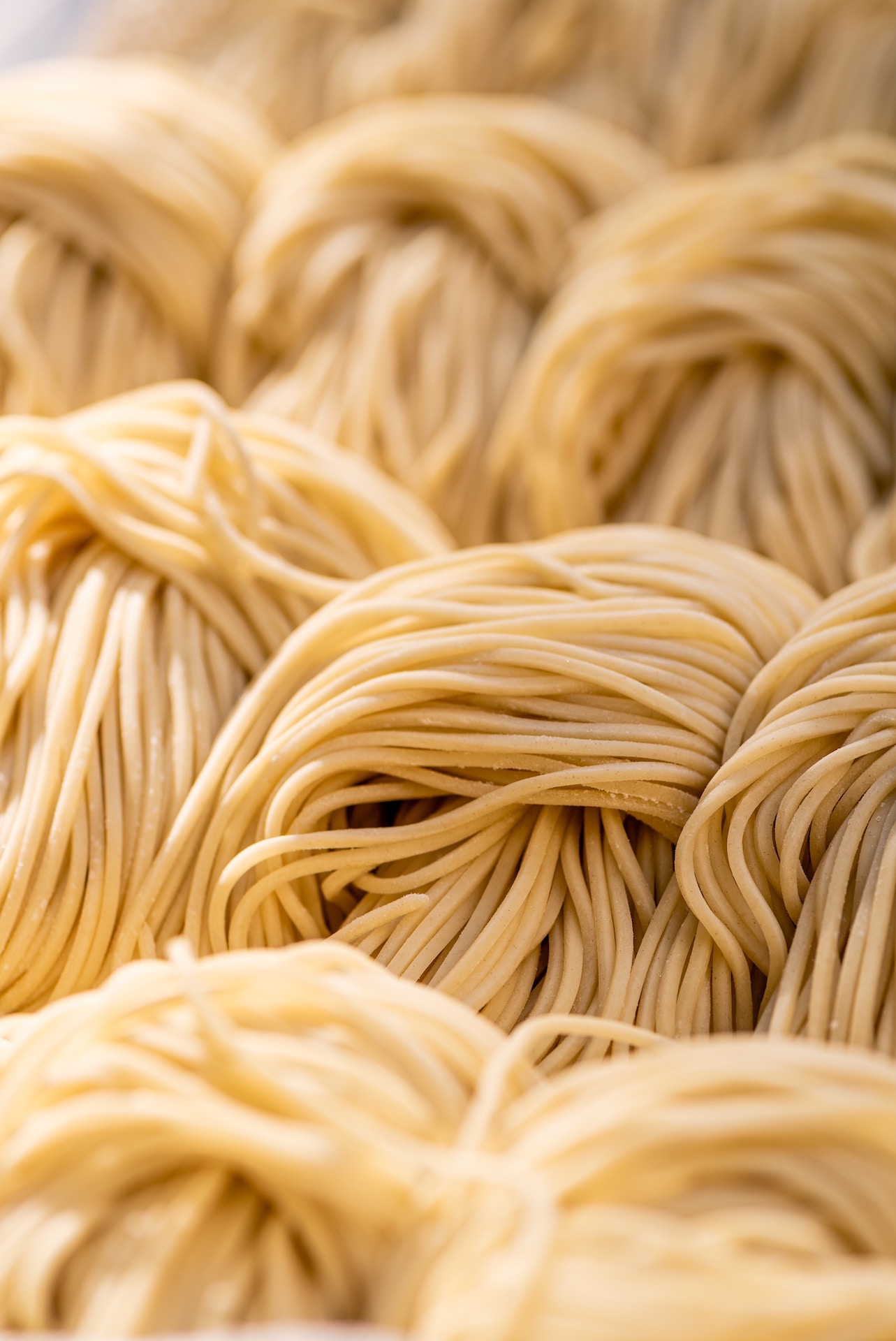Japanese cuisine is celebrated for its delicate balance of flavors, fresh ingredients, and meticulous preparation. Noodles are a staple in Japanese dishes, offering a diverse range of textures and tastes. In this guide, we’ll take you on a journey through the world of gluten-free Japanese noodles. From traditional favorites to lesser-known gems, we’ll cover everything you need to know to savor the essence of Japan while adhering to a gluten-free lifestyle.
Discovering Gluten-Free Japanese Noodles:
Embracing Gluten-Free Options: For individuals with gluten sensitivity or celiac disease, enjoying traditional noodles might seem like a distant dream. However, the world of gluten-free Japanese noodles is brimming with alternatives that allow you to experience the rich tapestry of Japanese flavors without compromising your dietary needs.
List of Gluten-Free Japanese Noodles: Here are some gluten-free Japanese noodle varieties that you can explore:
- Rice Noodles (Jyuwari Somen): Made from rice flour, these delicate and translucent noodles are perfect for soups, stir-fries, and cold noodle salads. Their neutral flavor pairs well with a variety of sauces and broths.
- Buckwheat Noodles (Soba): Authentic soba noodles are often made with a blend of buckwheat and wheat flour, but you can find 100% buckwheat soba noodles that are naturally gluten-free. Soba noodles are enjoyed hot or cold, often served with dipping sauces or in broths.
- Sweet Potato Noodles (Satsuma-Imo Shirataki): These noodles are made from sweet potato starch and have a chewy texture. They are often used in hot pots (nabe) and stir-fry dishes, absorbing flavors beautifully.
- Kelp Noodles (Kelp Kanten): Kelp noodles are made from kelp extracts and are incredibly low in calories and carbohydrates. They have a unique, slightly crunchy texture and are commonly used in salads and cold dishes.
- Bean Thread Noodles (Harusame): These thin, translucent noodles are made from mung bean starch. They’re versatile and often used in soups, salads, and stir-fries.
Q&A
Q: Are udon noodles gluten-free? A: Traditional udon noodles are typically made from wheat flour, which contains gluten. However, you can find gluten-free versions of udon noodles made from rice flour, tapioca starch, or other gluten-free flour. Always check the packaging and labels to ensure that the udon noodles you’re purchasing are indeed gluten-free.
Q: How can I cook gluten-free Japanese noodles to perfection? A: Cooking gluten-free Japanese noodles requires a bit of care. Follow these steps for the best results:
- Use a large pot of boiling water to prevent noodles from sticking together.
- Stir gently during the first minute of cooking to prevent clumping.
- Taste-test for desired doneness, as gluten-free noodles may cook faster than wheat-based noodles.
- Rinse cooked noodles with cold water to stop the cooking process and maintain their texture.
Q: Can I find gluten-free Japanese noodles in regular grocery stores? A: While some regular grocery stores might carry a limited selection of gluten-free Japanese noodles, your best bet is to visit specialty or Asian markets. Online retailers also offer a wide variety of gluten-free Japanese noodles for convenient ordering.
Gluten-free Japanese noodles open a gateway to savoring the authentic tastes of Japan, even if you’re adhering to dietary restrictions. With options ranging from rice and buckwheat to sweet potato and kelp, your culinary journey through Japanese cuisine is both flavorful and inclusive. So, whether you’re seeking the comfort of a warm noodle soup or the refreshing bite of a cold noodle salad, the world of gluten-free Japanese noodles invites you to indulge in the essence of this captivating cuisine.
